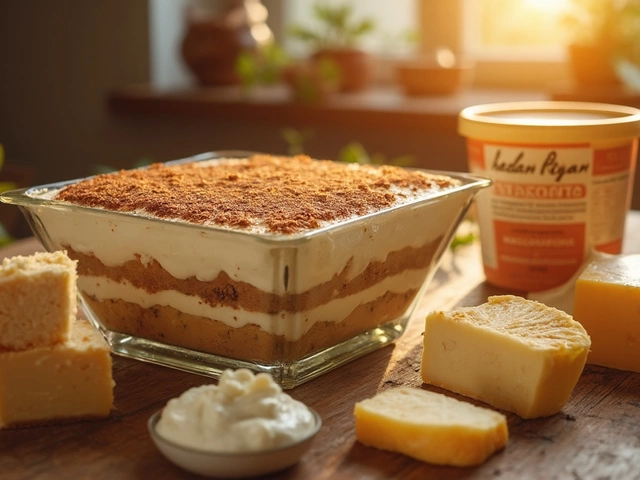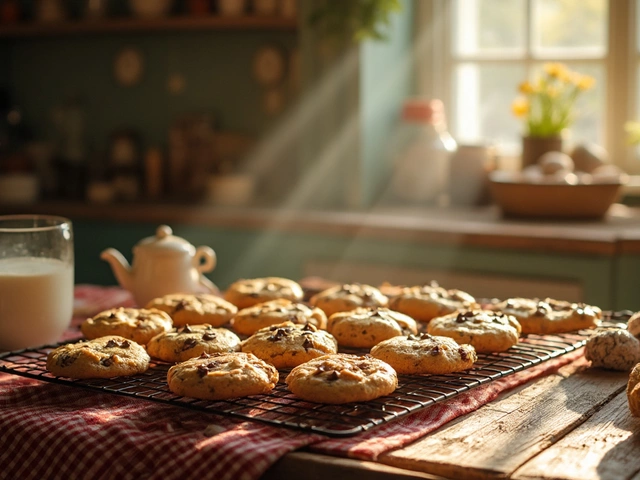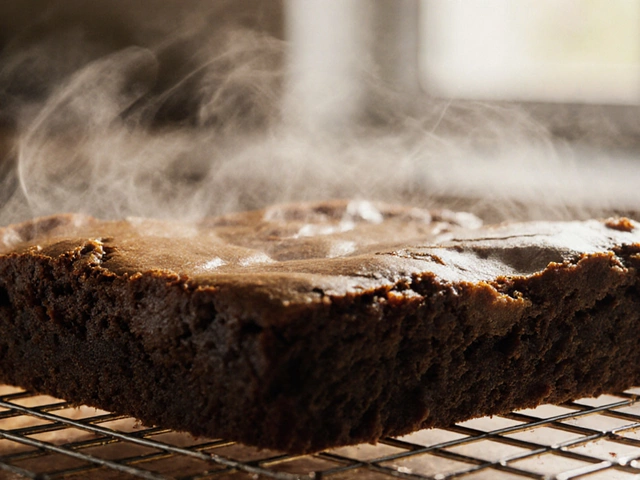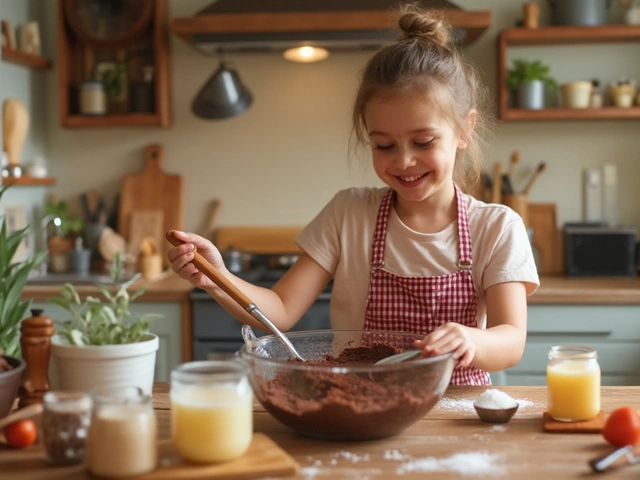Cheesecake Basics, Tips, and Tricks for Perfect Desserts
If you’ve ever stared at a store‑bought slice and thought, “I could do that at home,” you’re in the right place. Cheesecake may look fancy, but the core idea is simple: cream cheese, sugar, eggs, and a crust. Mix, bake, chill, and you’ve got a crowd‑pleaser. The real challenge is keeping it smooth, avoiding cracks, and mastering texture.
Common Cheesecake Mistakes and How to Fix Them
First up, cracks. Most people blame the oven, but the real culprit is temperature shock. Bake your cheesecake in a water bath, also called a bain‑marie, to keep the heat gentle. If you don’t have a roasting pan, just place a foil‑lined tray underneath the springform pan and pour hot water halfway up the sides. This extra moisture stops the surface from drying out too fast.
Second, grainy texture. That usually means the batter was over‑mixed or the cheese was too cold. Let your cream cheese soften at room temperature before blending, and mix just until smooth. Over‑mixing introduces air bubbles that turn grainy when the cake sets.
Lastly, a soggy crust. Press the graham or digestive biscuit crumbs firmly into the bottom of the pan and bake them for a few minutes before adding the filling. A quick bake dries out excess moisture, giving you a firm base that doesn’t get mushy.
Eggless Cheesecake: Can You Skip the Egg?
Some wonder if you can leave the egg out entirely. Eggs act as a binder and add lift, so a pure eggless version can be denser. The good news is you have alternatives: use a mix of 1 tbsp cornstarch and 2 tbsp water for each egg, or blend silken tofu for a similar structure. Both keep the cheesecake creamy without the egg’s flavor.
Our post “What Happens If You Skip Egg in Cheesecake?” goes into detail on how each substitute changes texture. The key is not to over‑beat the filler; you want a smooth blend, not a foamy mess. Also, let the cheesecake chill longer—at least 6 hours, preferably overnight—so the flavors meld and the filling firms up.
Beyond the basics, think about flavor tweaks. Swirl in chocolate, drizzle caramel, or fold in fresh fruit before chilling. Just remember to add any extra wet ingredients sparingly; too much liquid can cause cracks.
When you pull the cheesecake out of the fridge, run a thin knife around the edge before releasing the springform. This prevents the edges from sticking and makes slicing cleaner. For perfect slices, dip the knife in hot water, wipe dry, and cut. The hot blade slides through without crushing the layers.
In short, a great cheesecake starts with softened cheese, gentle baking, and a solid crust. Whether you stick with classic eggs or try an eggless version, the same principles apply: avoid temperature shocks, keep mixing minimal, and give it time to set. Follow these tips, and you’ll serve a slice that looks bakery‑ready and tastes even better.
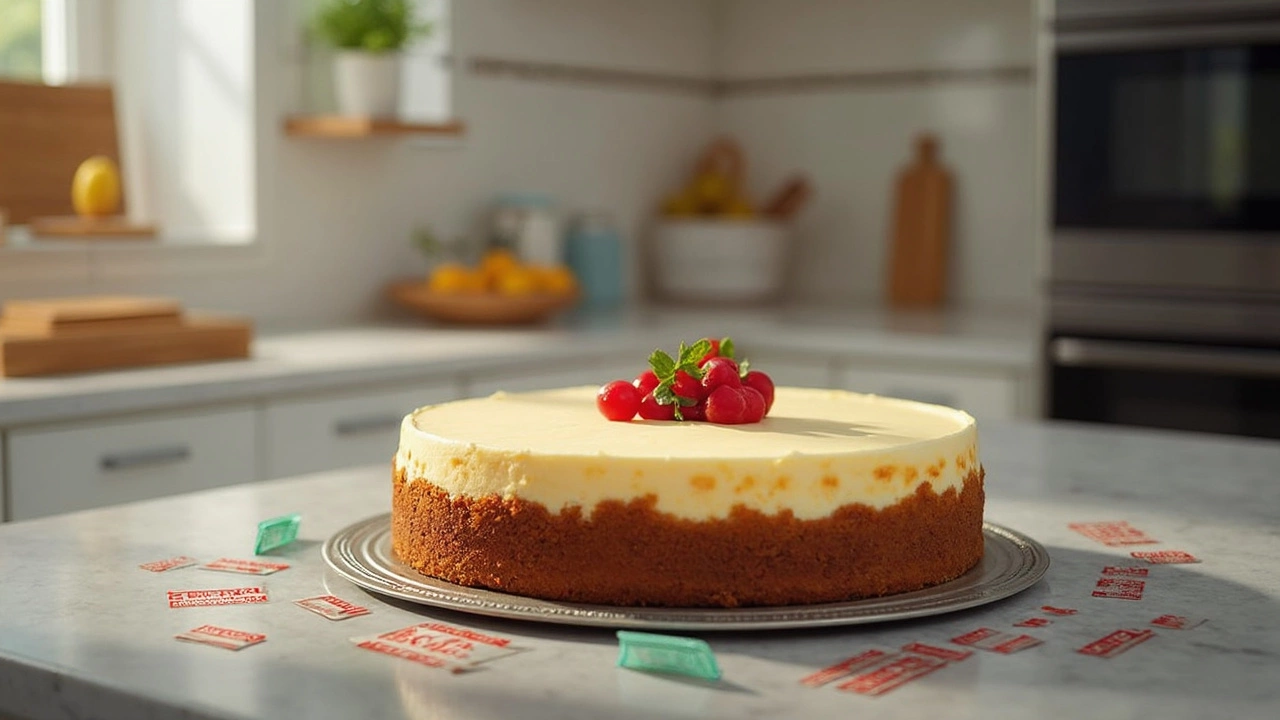
When Should You Avoid Eating Cheesecake? Essential Health Tips and Facts
Discover surprising reasons to skip cheesecake. Learn about food safety, health risks, allergies, and smart storage. Stay safe and enjoy dessert smarter!
View More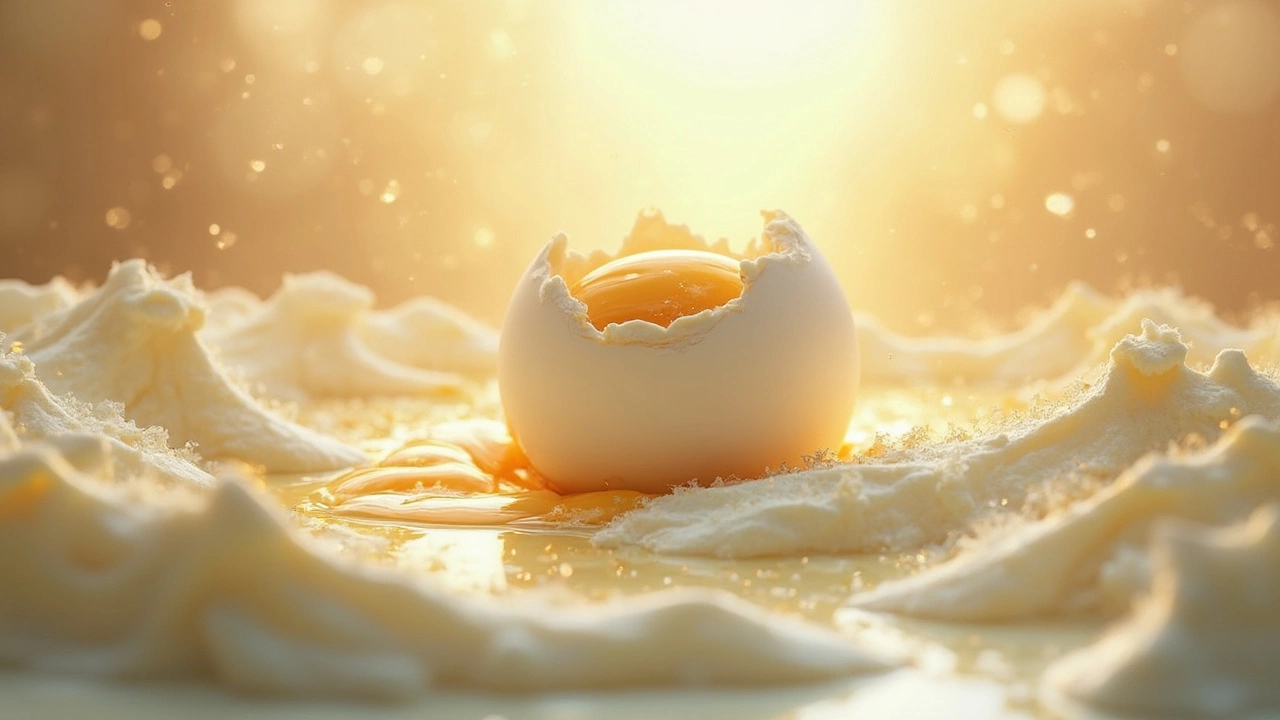
Why Eggs Matter in Cheesecake Recipes
Ever wondered why eggs are such a vital part of cheesecake recipes? Eggs do more than just bind ingredients; they contribute to the cake's texture, flavor, and structure. Understanding their role can help you perfect your cheesecake game. Here's everything you need to know about what eggs do in your cheesecake.
View More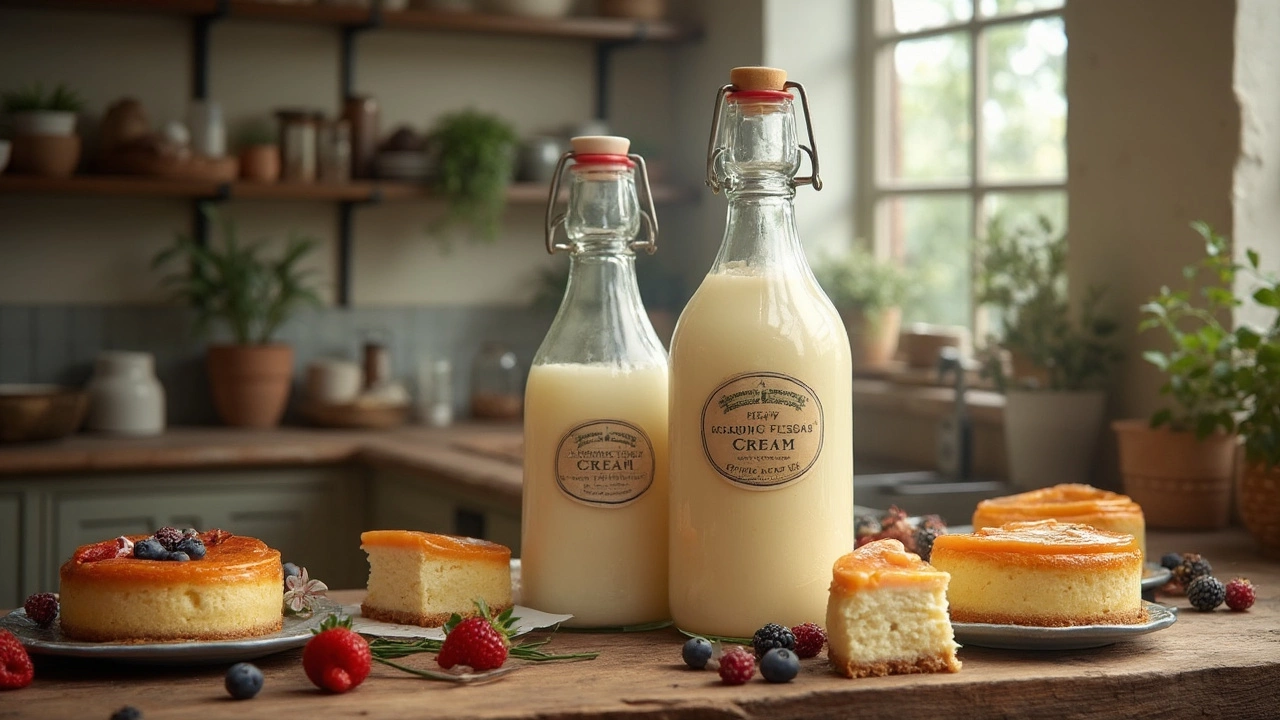
Heavy Cream vs. Whipping Cream: Best Choice for Cheesecake
Choosing between heavy cream and whipping cream for cheesecake can be confusing, but each has its perks. While heavy cream adds a rich texture, whipping cream offers a lighter, airy feel. Learn about their differences and how they affect your cheesecake's flavor and consistency, complete with practical baking tips and fun facts to perfect your cheesecake game.
View More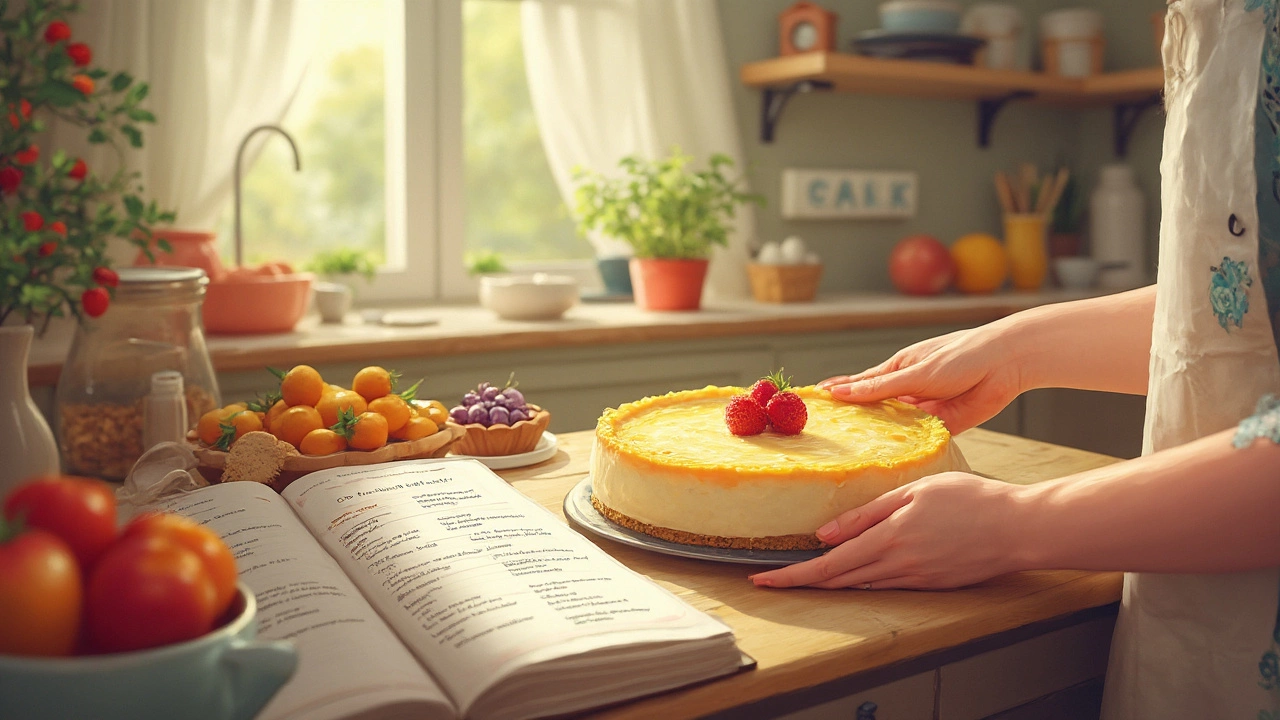
Does Cheesecake Have Gluten?
Cheesecake is a popular dessert, but for those with gluten concerns, determining whether it's safe to eat can be tricky. While traditional cheesecake filling might be gluten-free, the crust often contains gluten as it’s typically made from graham crackers or digestive biscuits. Fortunately, there are gluten-free alternatives available for those wanting to enjoy this creamy treat without worry. From using gluten-free cookies for the base to creating crustless versions, there are many ways to adapt cheesecake recipes. Whether you’re celiac or just prefer avoiding gluten, it’s entirely possible to savor a slice of cheesecake worry-free.
View More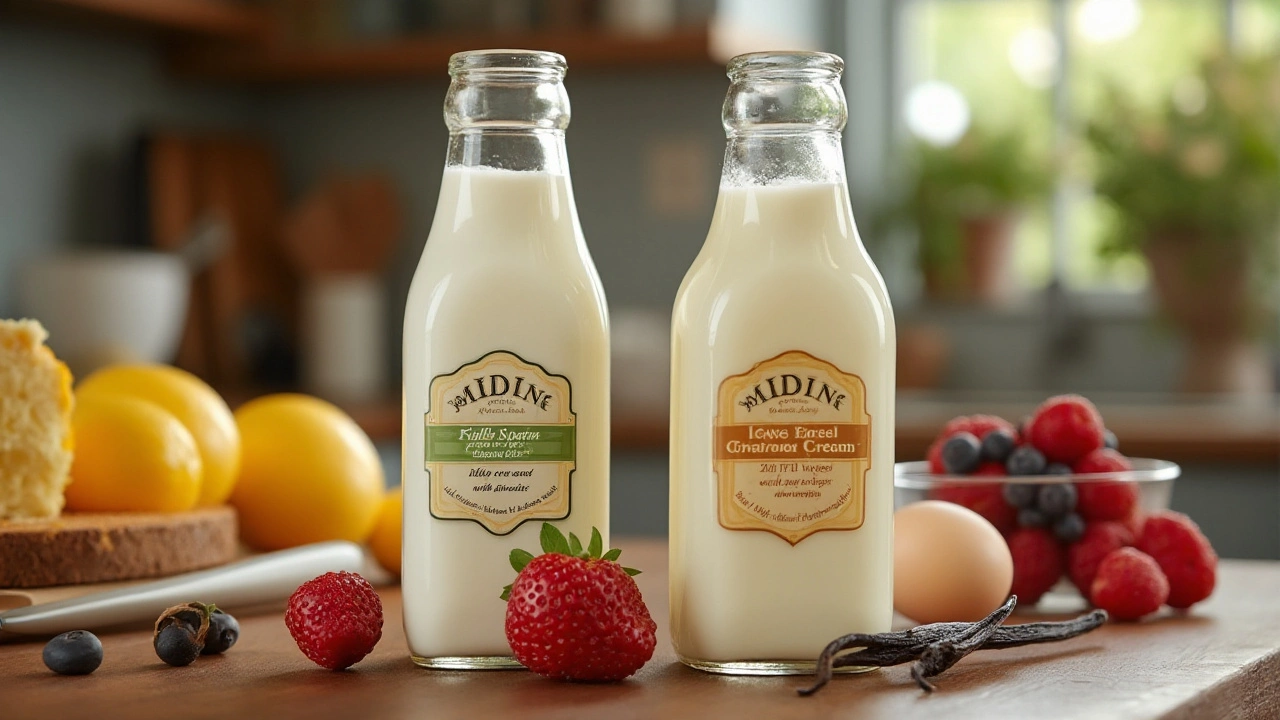
Double Cream vs Whipping Cream: Finding the Best Choice for Cheesecake
Choosing between double cream and whipping cream for your cheesecake can make a significant difference in texture and flavor. Explore the distinct characteristics of each cream type and how they impact your dessert. With just a few insights and tips, you'll learn to enhance your cheesecake game and create luscious, creamy masterpieces. Discover the secrets to achieving the perfect balance of taste and creaminess that turns your cheesecake into a work of art.
View More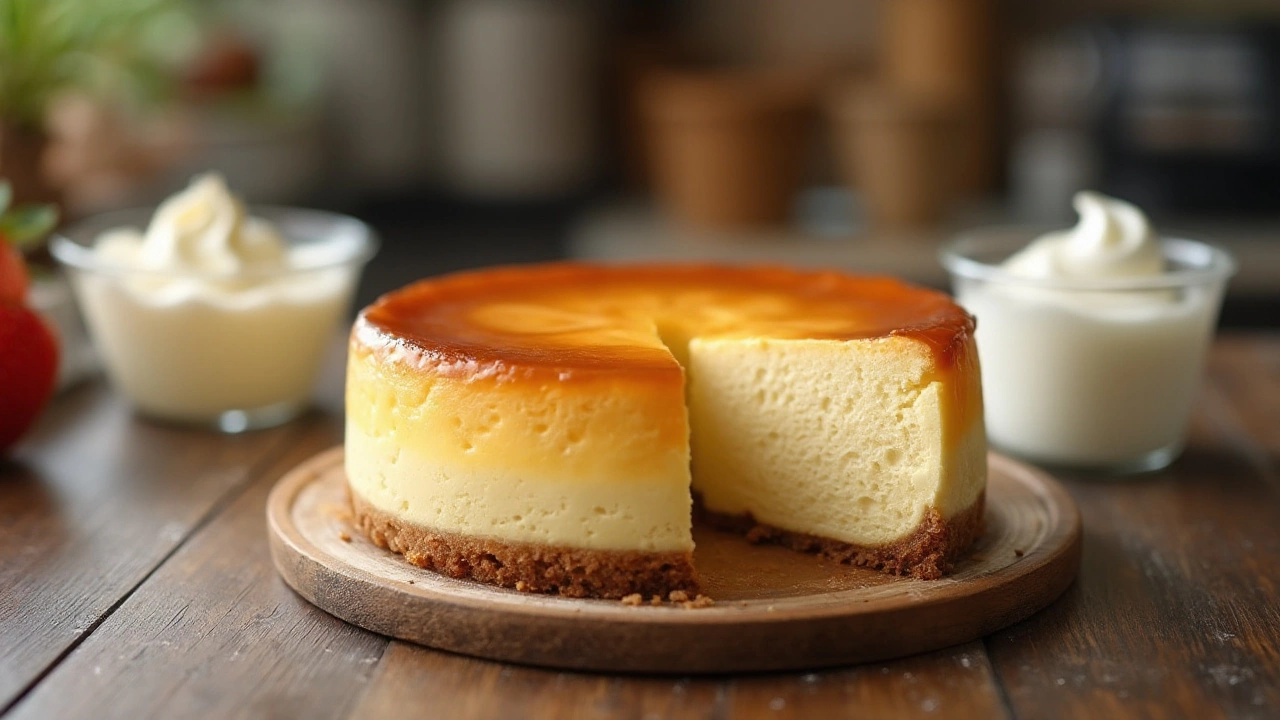
Cream vs. Sour Cream: Choosing the Best for Your Cheesecake Recipe
Delving into the delicious world of cheesecakes, this article explores the roles of cream and sour cream in cheesecake recipes. It discusses how each ingredient affects the texture and flavor of the classic dessert. Readers will gain insights into which choice might best suit their personal preferences or dietary needs. The article offers practical tips to ensure the perfect cheesecake every time, with suggestions for tweaking recipes to highlight each ingredient's unique qualities.
View More
